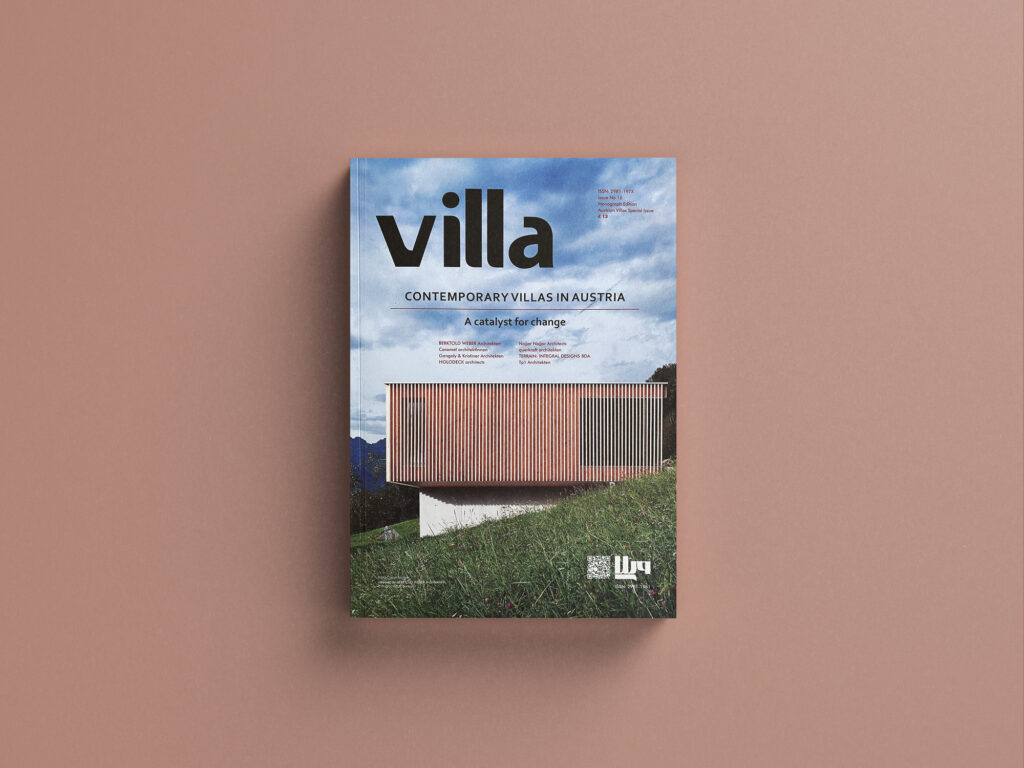Contemporary Villas in Austria
Negar Hakim | Editorial – Guest Editor
Today, Austria is a relatively small and-mountainous country in the heart of Europe, with a population exceeding nine million. However, a century ago, it was a vast empire, stretching from the Ottoman borders in the east to the Germany territories in the west, and encompassing northern regions of ltaly and ports along the Adriatic Sea in the south. Within this expansive domain, an aristocratic and noble class thrived, accompanied by the establishment of prestigious universities that nurtured the emergence of elite architects. The fruits of their creative and ambitious endeavors are evident in the construction of Viennas historic core.
After the First World War and the downfall of the empire, Austria faced internal disintegration and significant decline. However, it still managed to maintain a prominent position in modern architecture, thanks to the efforts of its young architects. Notable names such as Adolf Loos, Otto Wagner, and Josef Hoffmann emerged durring this period. These architects were primarily focused on finding innovative solutions for mass construction, aiming to provide modern affordable and unconventional housing for the lower and working classes. Their progressive approach gained international recognition, positioning Austrian architecture as a leader in the field.
Gabriel Guevrekian, an lranian-Armenian architect who studied in Vienna and grew up in this dynamic environment, returned to Iran in the 1930s and became a pioneer in constructing the first modern villas in Tehran. The latter half of the century witnessed the Austrian architectural scene embracing postmodernism, with architects like Hans Hallein, recipient of the 1985 Pritzker Prize and designer of the Abgineh museum, Qajarian Villa in Tehran, as well as Wolf dPrix and Günther Domenig, who played pivotal roles in the deconstructionist movement. As we entered the 21st century, a new generation of Austrian architects demonstrated their ability to meet the expectations of the architectural community, creating progressive works that built upon the illustrious projects of their country´s past.
In this monograph edition, we provide an overview of the eco efforts of Austrian architects through villa projects, experimental houses, and future prototypes, showcasing them as an ideal setting for architectural practices. By incorporating additional materials and interviews, our aim is to offer a comprehensive and holistic portrayal of this subject matter. Naturally, fully encapsulating the breadth of villa ideology and typology within Austria’s vast landscape in a single issue is inherently challenging. Therefore, we anticipate revisiting this topic in subsequent publications,



